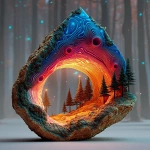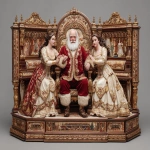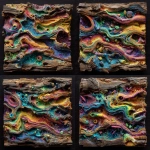Explore the Best AI Image Gallery
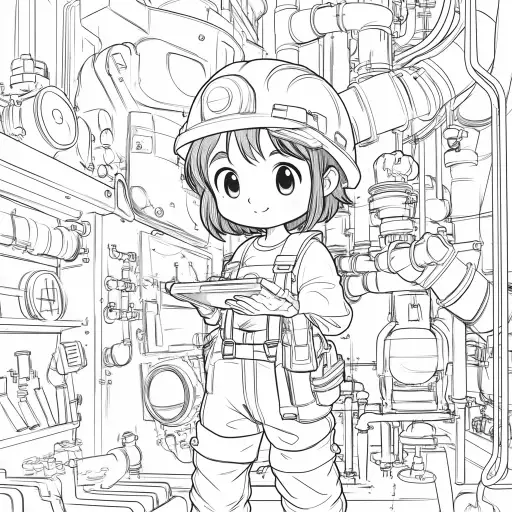
From Canvas to Code: How AI Image Creation Tools Are Reshaping the Creative Industry
The realm of visual art has always been a space for innovation, constantly evolving with new technologies and techniques. Today, we stand at the cusp of another paradigm shift with the emergence of AI image creation tools. These sophisticated algorithms, trained on massive datasets of images, can generate stunningly realistic and imaginative visuals, blurring the lines between human creativity and artificial intelligence.
This new frontier presents both exciting opportunities and complex challenges for artists, designers, and the creative industry as a whole.
Unlocking New Creative Possibilities
AI image creation tools offer a vast array of possibilities for creators across various disciplines:
- Concept Visualization: Artists can leverage AI to quickly iterate through ideas and explore different visual concepts, streamlining the design process.
- Personalized Content Creation: Businesses can generate unique visuals tailored to specific campaigns or customer preferences, enhancing brand identity and engagement.
- Accessibility for All: Individuals without traditional artistic skills can use these tools to express themselves creatively, democratizing art creation.
- Interactive Experiences: AI-generated imagery can be integrated into immersive environments and interactive applications, pushing the boundaries of storytelling and user experience.
Navigating Ethical Considerations
While the potential benefits are undeniable, its crucial to address the ethical implications surrounding AI image creation:
- Copyright and Ownership: Questions arise regarding the ownership of AI-generated artwork, especially when trained on existing copyrighted material. Clear legal frameworks are needed to define intellectual property rights in this new domain.
- Bias and Representation: AI algorithms can inadvertently perpetuate societal biases present in their training data, resulting in biased or stereotypical representations. Its essential to ensure fairness and inclusivity in AI-generated content.
- Misinformation and Deepfakes: The ability to create highly realistic fake images raises concerns about the spread of misinformation and the potential for manipulation. Robust safeguards are necessary to mitigate these risks.
The Future of AI-Generated Imagery
As AI technology continues to advance, we can anticipate even more transformative developments in image creation:
- Personalized Art Generation: Imagine AI tools that learn your artistic preferences and generate bespoke artwork tailored to your taste.
- Real-Time Collaboration: Artists could collaborate seamlessly using AI to co-create dynamic visuals, blurring geographical boundaries.
- Enhanced Artistic Expression: AI could act as a creative partner, suggesting new ideas, textures, and compositions, pushing the boundaries of artistic exploration.
The integration of AI into the creative process is already underway, and its impact is only going to grow more profound. By embracing these advancements responsibly and addressing the ethical challenges head-on, we can unlock a future where AI empowers human creativity and enriches our visual world in unimaginable ways.
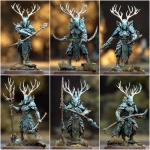
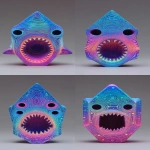

](https://images.ai-img.art/thumbnails/150/914cb18c03c97bdba2f290c0ec1573d5792bf399dbad7f484614764eb31f4c2f.webp)
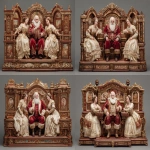
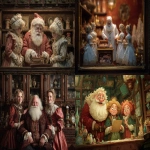
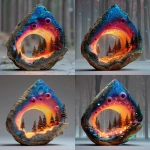
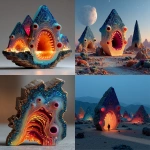
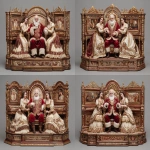
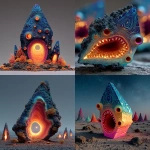

](https://images.ai-img.art/thumbnails/150/98325fa7102e81df81f1dba6df8df52929b4fa41b058192faf3c77cf94513ff7.webp)
](https://images.ai-img.art/thumbnails/150/09314c003088f7174f747fa65105eca599e0842cf69e637ce4c98ebefd3f50ab.webp)
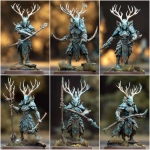
](https://images.ai-img.art/thumbnails/150/3b65287fef447a6ad61bcb18b5b9d03b6f6f74603ae0e058f81f4b91a3e02f36.webp)
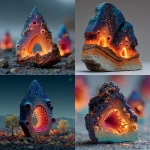
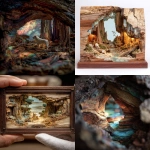
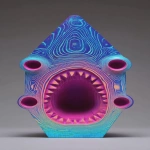
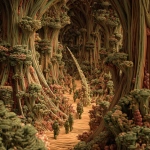
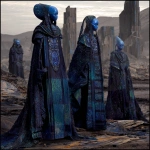
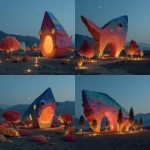
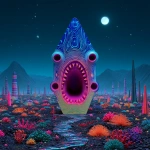
](https://images.ai-img.art/thumbnails/150/ac7218edd6198d49ed8d9853a5890595fc4d2a7a11c2e8a7ee8bcfbc7bfe265e.webp)
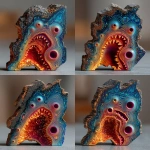

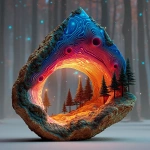
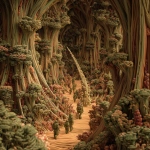
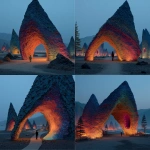
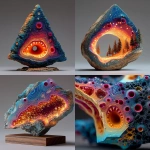
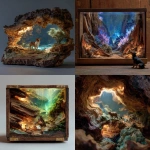




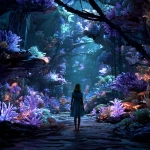
](https://images.ai-img.art/thumbnails/150/a31f622763ce0ecb2e76a907e566b81cfcc171e8d9b8b393f27681be24b6ca91.webp)
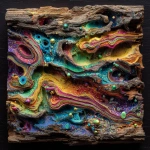
](https://images.ai-img.art/thumbnails/150/769518185300fcbda91b7bbf92b9007bc856379accd52eaf7983f9aec379e88e.webp)
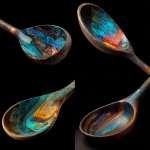
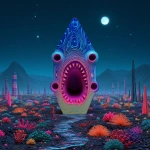
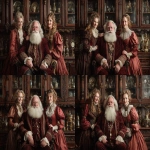
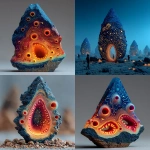
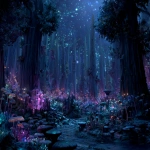

](https://images.ai-img.art/thumbnails/150/7d9de60c58579b921ad140a9e1d752642452d5086b74a27d866e8af04608ed7d.webp)
](https://images.ai-img.art/thumbnails/150/ebc95932b25c17607076ed8d2a4bafc85c3371cf3f2d45c35741505fe3c97de1.webp)
